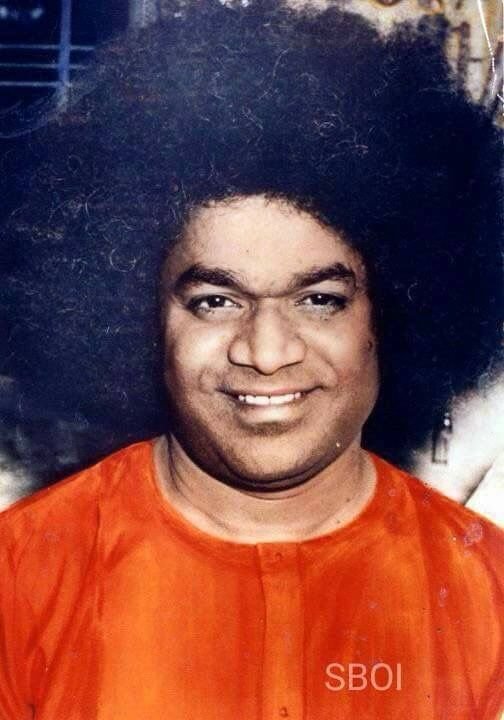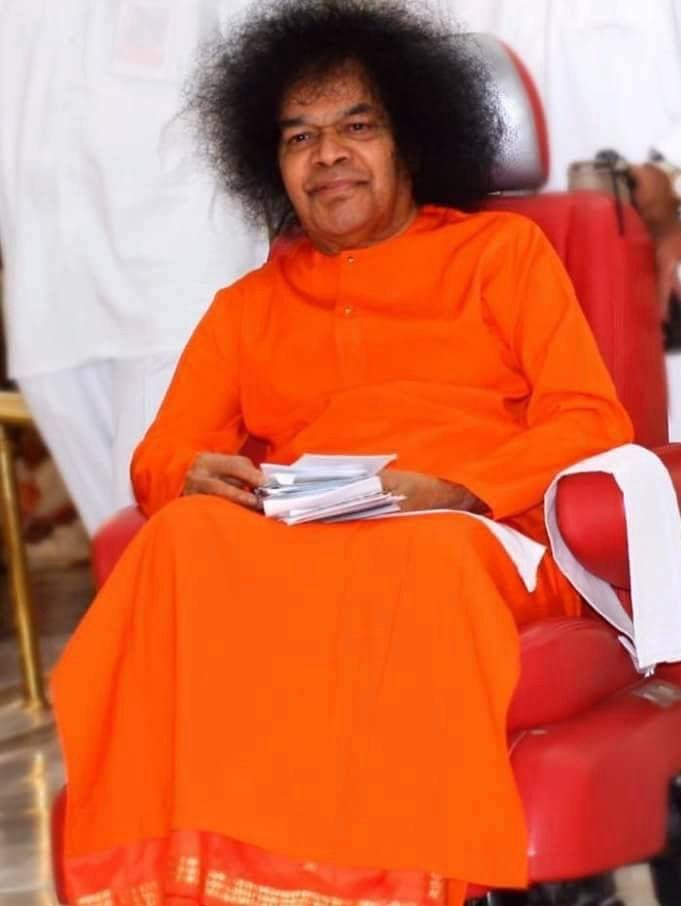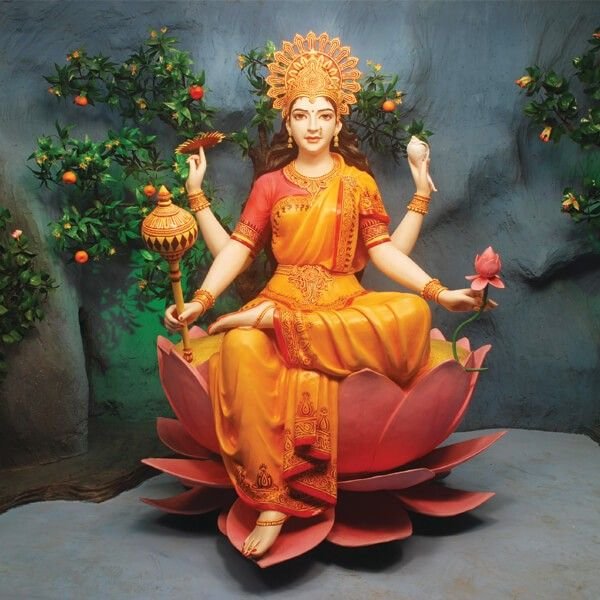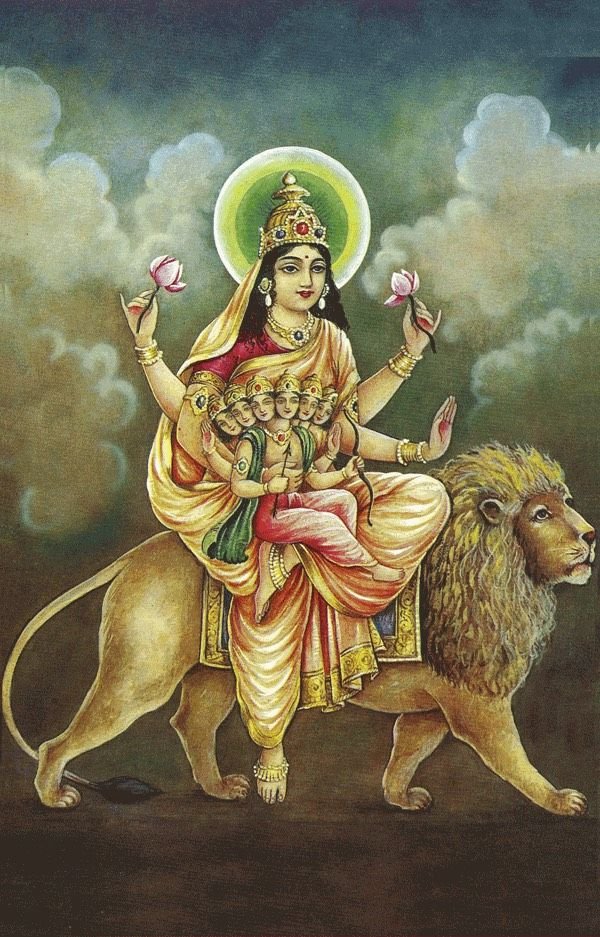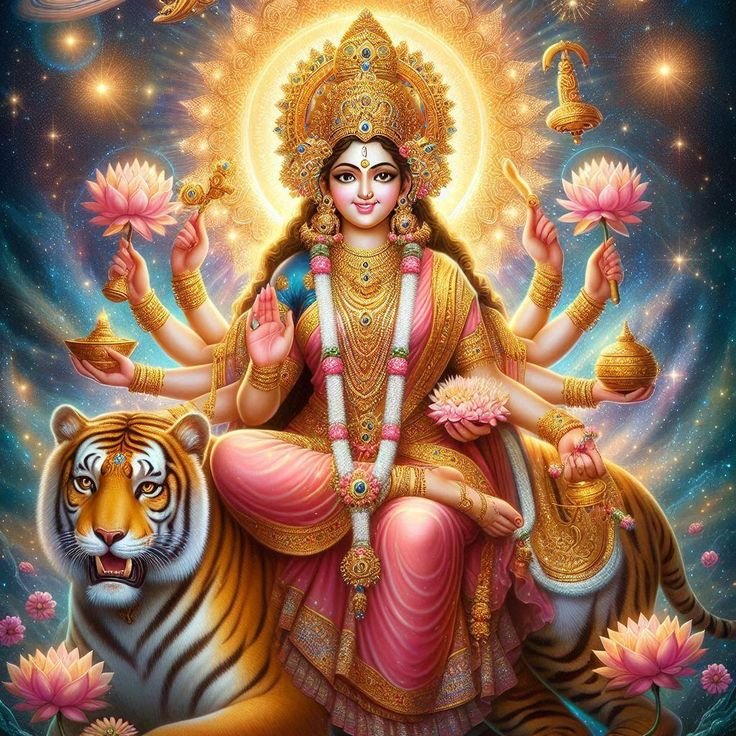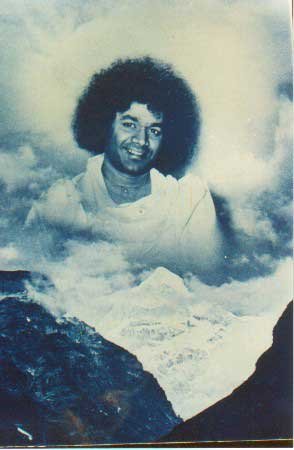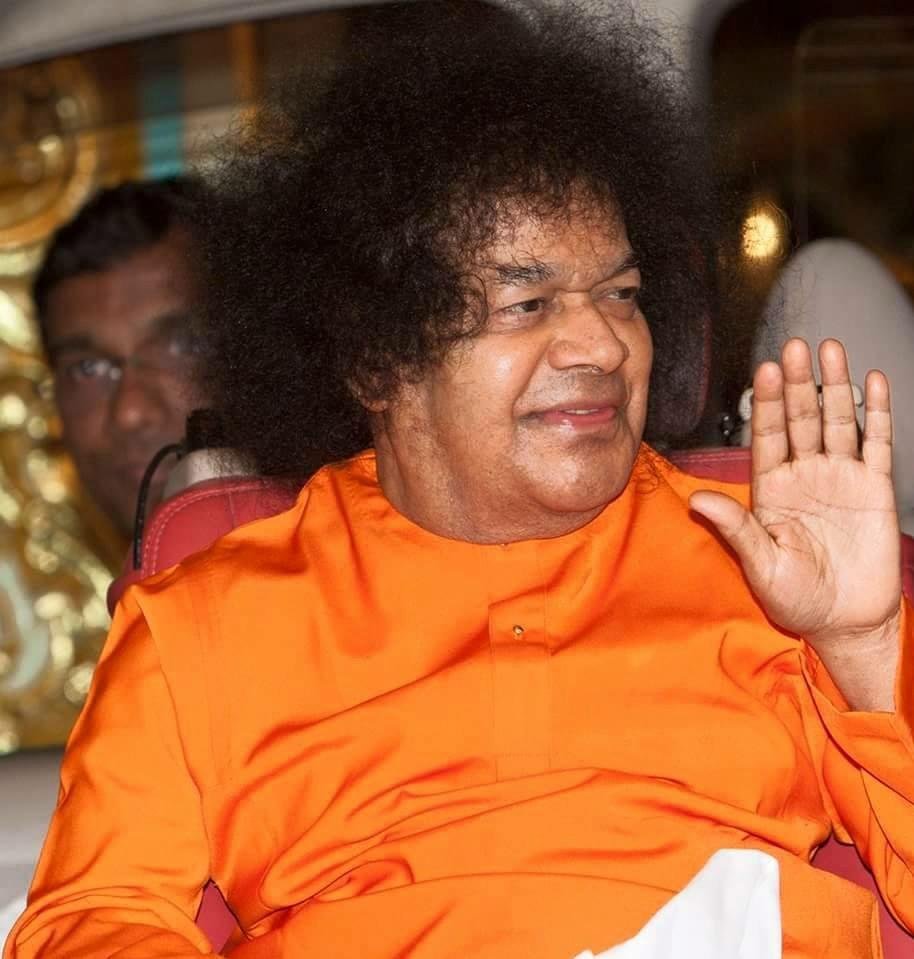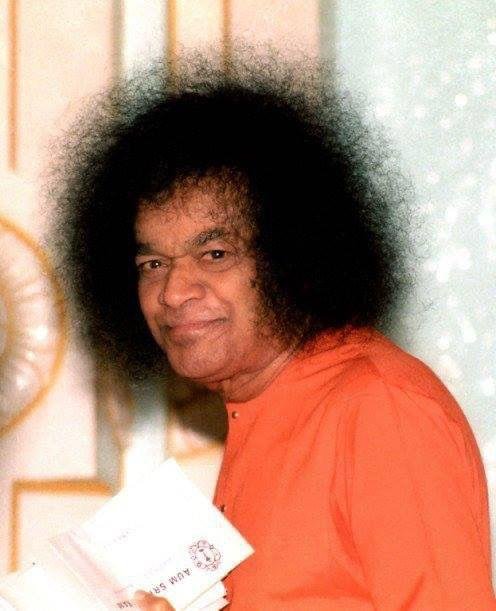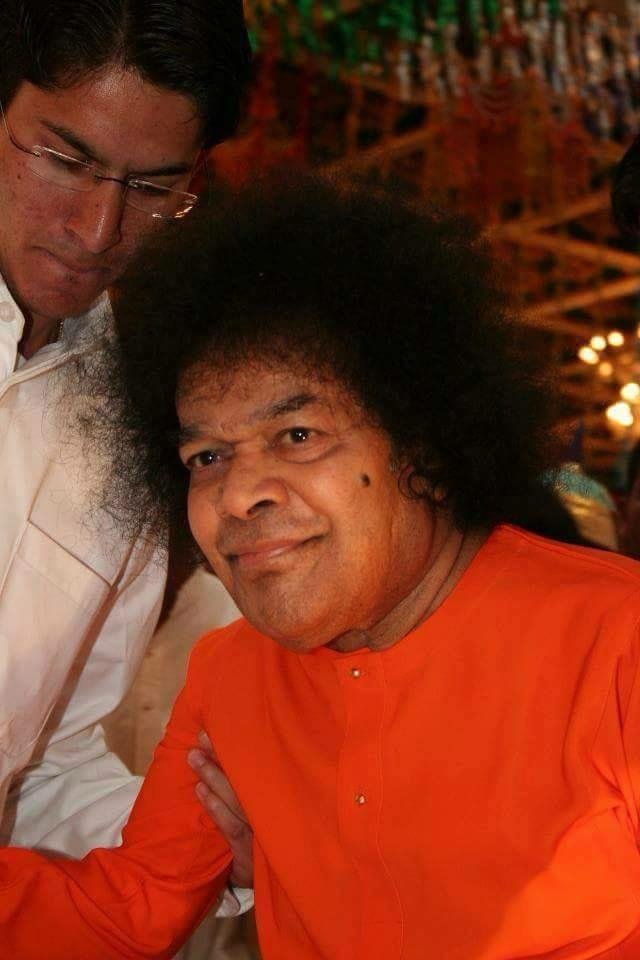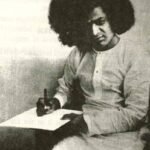Surya Pahar Temple

The place is unique for its ancient rock‑cut sculptures, Shiva Lingas, votive stupas, remains of Hindu, Buddhist and Jain sculptures, natural caves, and relics. It is protected by the Archaeological Survey of India (ASI) as a monument of national importance.

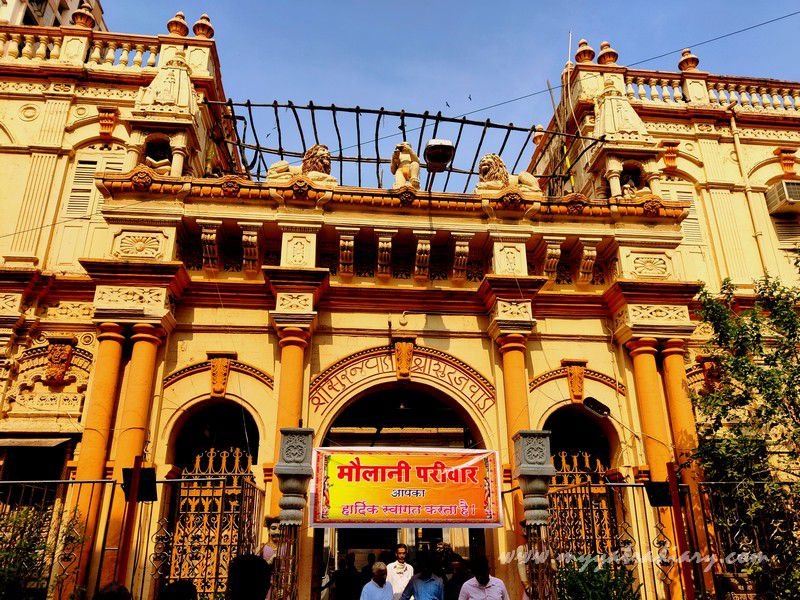

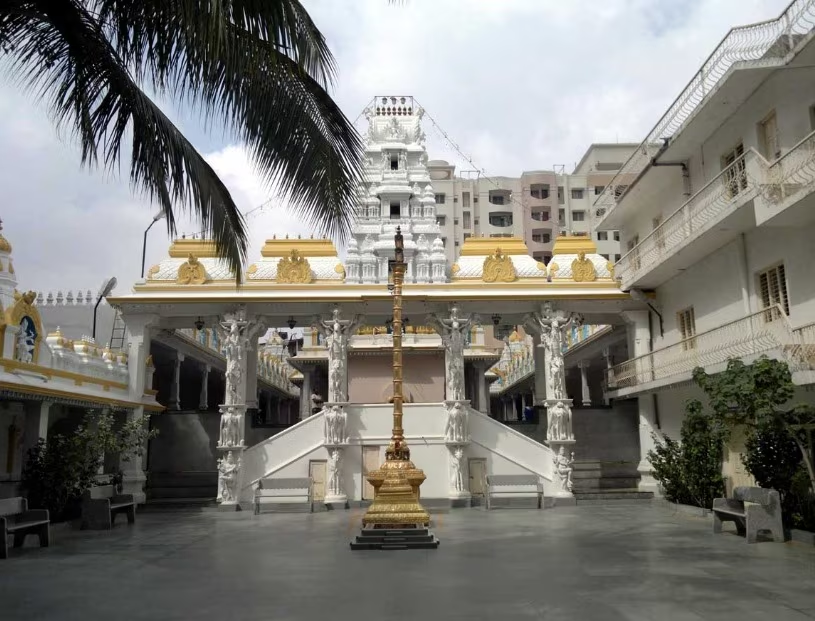


Architecture of the Temple
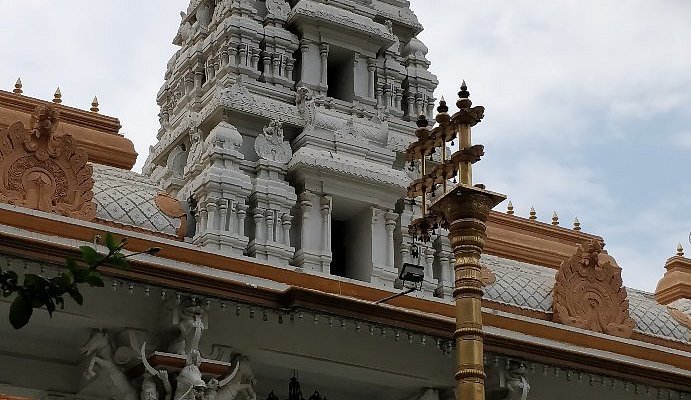
Terrain: It’s hilly—seven peaks—rock outcrops, natural caves in the slopes. Sculptures and rock‑cut works are carved directly into the hill and boulders.
Lingas: Many Shiva Lingas (shivalingas) cut into rock (some small, some large) dispersed over the hill foot and slopes. These are simple rock‑cut objects, some worn over time.
Votive stupas and Buddhist remains: There are remains of votive stupas, possibly small stupas, panels, and chaitya‑type elements from Buddhist tradition.
Jain images: Carved figures of Jain Tirthankaras (standing and seated postures) inside natural caves / rock faces, e.g. Adinath Tirthankara, recognizable by customary symbols (like bulls etc.).
Other sculptures: Deities like Vishnu, Hari‑Hara, Durga (Mahishasuramardini), decorative motifs like kirtimukha, lion heads, floral and geometric tile plaques, etc.
How to Reach to Temple
By Road: From Goalpara town (Assam), you can take local road transport (buses, taxis) about 12‑13 km to Surya Pahar.
By Rail: Goalpara Railway Station is the nearest main railhead.
By Air: Nearest airport is Lokpriya Gopinath Bordoloi International Airport, Guwahati (Guwahati). From there one travels by road to Goalpara and then local transport.
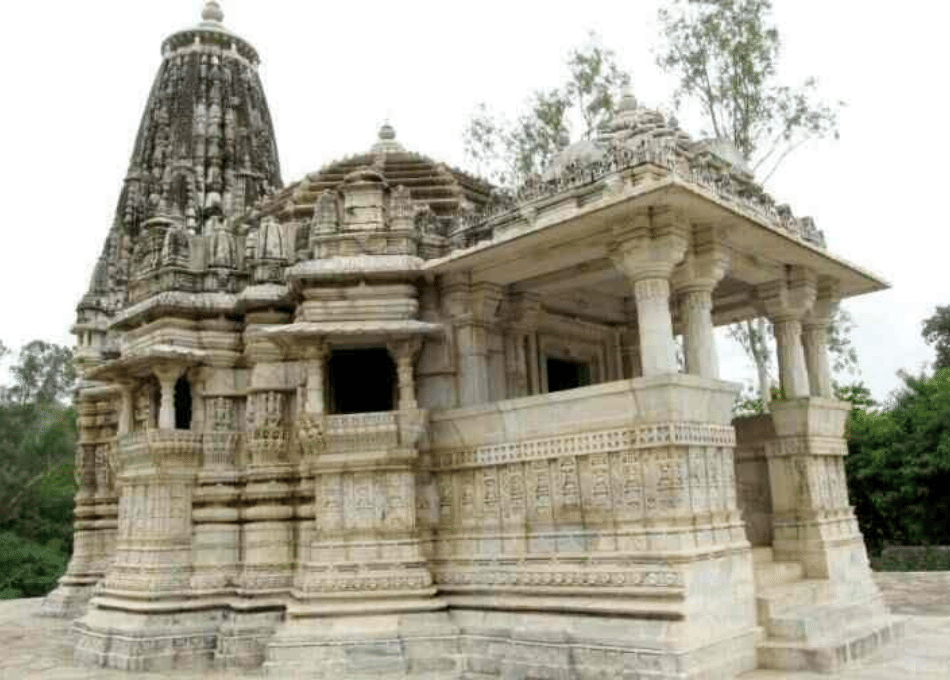
Temple Timings

















